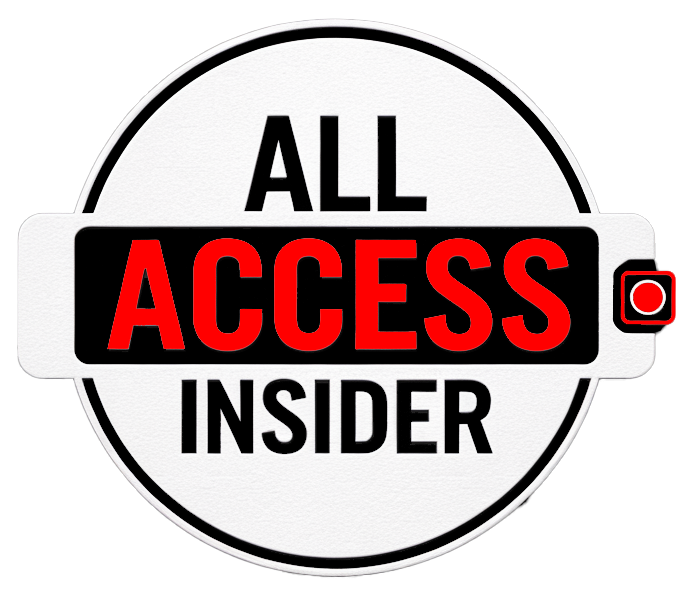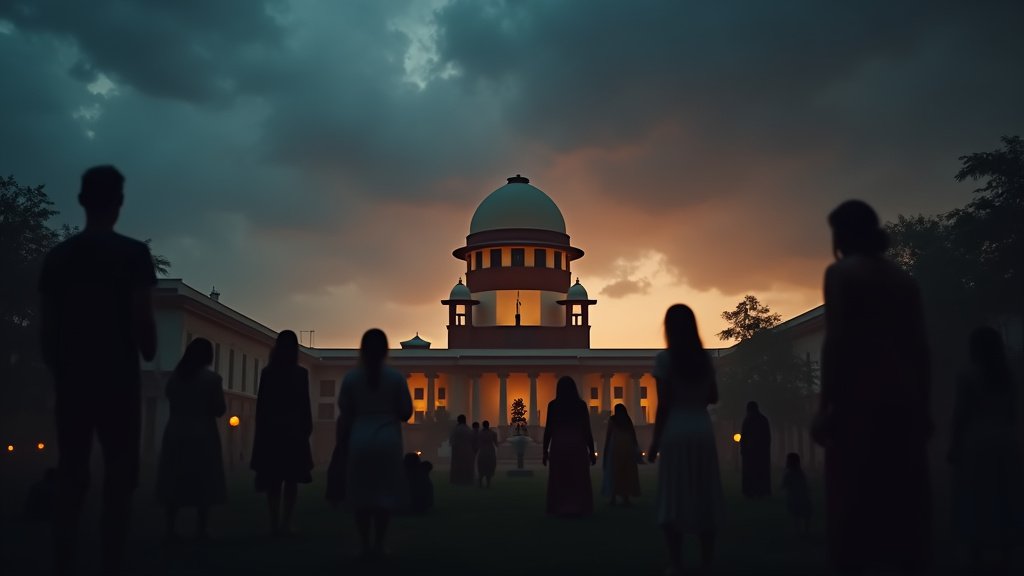Close your eyes and imagine: the lights dim, the first crackle of a cue, and the swish of footsteps echoing in a noir alley. A whispered line—“They never saw me coming”—cuts through immersive binaural soundscapes. Welcome to the golden age of audio dramas, where meticulously crafted storytelling, Hollywood-caliber voice talent, and cinematic sound design converge to create “theater of the mind.” In 2025, scripted podcasts aren’t just a novelty—they’re rivalling television in production values, audience engagement, and cultural impact. Here’s why narrative audio series are the next frontier of must-hear entertainment, and how creators, platforms, and listeners are fueling this sonic revolution.
A Brief History and Revival of the Form
Audio drama has roots in early 20th-century radio—Orson Welles’s infamous 1938 War of the Worlds broadcast famously terrified millions, demonstrating the medium’s power to spark collective imagination. Over decades, radio plays waned as television rose. But the 2010s saw a renaissance: storytelling podcasts like Welcome to Night Vale (2012) and Homecoming (2016) proved serialized audio could captivate global audiences. By 2020, improved smartphone support, affordable home studios, and dedicated platforms (Spotify, Audible, BBC Sounds) lowered entry barriers. Now, in 2025, audio dramas boast budgets on par with cable dramas and festival-caliber sound design—ushering in an era where immersive audio storytelling is ubiquitous.
Production Values That Rival Television
Cinematic Sound Design
High-end audio dramas employ teams of foley artists, spatial-audio engineers, and score composers to build three-dimensional soundscapes. Using binaural recording techniques and object-based audio ( Dolby Atmos for headphones), creators position sounds—raindrops, ticking clocks, footsteps—around listeners’ heads, anchoring them in the scene. A suspense thriller might place a creaking door softly behind and to the left, triggering visceral thrills that mere visuals can’t replicate.
A-List Voice Talent
Streaming giants and premium audio networks routinely cast film and TV actors in flagship series. Recent examples include:
- Claire Foy headlining Echoes in the Fog, a gothic-mystery podcast with layered British accents and haunting minor-key scores.
- Rami Malek leading Cyber Shadows, a cyberpunk cybercrime thriller where his nuanced vocal performance brings machine-augmented characters to life.
- Florence Pugh starring in Time’s Orphans, a time-travel saga featuring complex dialogue and emotional through-lines rivaling any TV miniseries.
Such star power draws new listeners and underscores the medium’s legitimacy as a storytelling art form.
Original Music Scores
Composers like Hildur Guðnadóttir and Hans Zimmer (who scored Phantom Frequencies, Netflix’s audio-capital anthology) deliver fully orchestrated themes. Episodic scores weave leitmotifs for characters, dynamic crescendos for action sequences, and ambient textures for mood—elevating episodes into audio cinema.
Formats That Hook and Retain Listeners
Audio dramas leverage unique structural advantages:
- Episodic Chapters (20–30 minutes): Shorter than hour-long TV episodes, these bite-sized chapters fit commutes, workouts, and household chores, embedding storytelling seamlessly into daily routines.
- Seasonal Releases: Limited series (6–10 episodes) spark event-style listening—fans binge quickly, then await the next season like TV’s Stranger Things.
- Interactive Bonus Content: Apps offer behind-the-scenes sound diaries, cast interviews, and “choose-your-own-adventure” bonus episodes where listener choices branch narrative paths.
- Global Localization: Many dramas are professionally dubbed or subtitled in multiple languages, expanding reach and fostering cross-cultural podcast communities.
These formats balance accessibility with narrative depth, keeping audiences engaged without the time commitment of traditional TV.
Platforms Fueling the Boom
Several platforms have catalyzed the audio drama renaissance:
- Spotify: Invested $150 million in podcast original content by 2023. Its “Audio Cinematic” banner features high-production series and cross-promotion within music playlists.
- Audible: Runs the Audible Originals program, funding big-budget scripted podcasts with embed sponsorships and subscription bonuses.
- BBC Sounds & NPR: Public broadcasters champion experimental formats—immersive audio documentaries, community-driven tales, and cross-medium hybrids that blend journalism and drama.
- Independent Networks: Studios like QCODE, Night Vale Presents, and Dead Robot Productions incubate creator-driven shows, offering revenue-sharing deals and full-production support to emerging writers and sound engineers.
Platform investment translates into marketing muscle—billboards, in-app promotions, and feature spots on home screens—introducing audio dramas to mainstream audiences.
Audience Engagement and Community Building
Audio dramas foster tight-knit fandoms:
- Virtual Listening Parties: Hosted on platforms like Discord and Twitter Spaces, creators join fans for live “watch-alongs”—or rather “listen-alongs”—where they comment in real time, share insights, and field Q&As.
- Fan-Created Spin-Offs: Enthusiastic communities produce fan fiction, tribute soundscapes, and amateur voice-acting episodes—extending a drama’s universe and amplifying word-of-mouth discovery.
- Social-Media Teasers: Short-form audio clips—“teaser beats” or “character eavesdrops”—are shared on TikTok and Instagram Reels, hooking new listeners with standout dialogue or eerie atmospherics.
- Merch & Live Events: Limited-run vinyl soundtracks, branded apparel, and live staged readings with cast members bring physicality to an otherwise invisible medium, forging deeper emotional connections.
Such community-driven dynamics mirror TV fan cultures but occur around an intimate, personal-listening experience.
Challenges and Opportunities
Discoverability
With over 3 million active podcasts in 2025, standing out is a hurdle. Curated recommendation engines, genre-focused networks, and cross-promotion within music apps help guide listeners to high-quality scripted content.
Monetization
Advertising revenue varies widely. Premium models—subscription-only series, ad-free tiers, and pay-per-episode bonus content—balance sponsor-driven free listening with sustainable income for creators. Patronage platforms like Patreon enable direct audience support for niche dramas.
Accessibility
Ensuring inclusive access—transcripts, adjustable playback speeds, and spatial audio alternatives—remains critical. Efforts by the Audio Publishers Association to standardize accessible features are gaining traction.
Creative Sustainability
High production costs—often $20K–$50K per episode—require predictable revenue streams. Partnerships with network sponsors, co-productions with broadcasters, and licensing deals for adaptations into graphic novels or TV series help offset budgets.
The Road Ahead: Next-Gen Audio Storytelling
- Immersive Tech Integration: Augmented-reality audio tours, where spatially-anchored soundscapes overlay real-world locations—imagine walking downtown while hearing a fictional detective’s case narrative unfold around you.
- AI-Enhanced Sound Design: Machine-learning tools will automate foley creation, dialogue cleanup, and ambient layering—freeing sound engineers to focus on creative flourishes.
- Cross-Medium Adaptations: Successful scripts will translate into novels, graphic novels, TV pilots, and even immersive theater—demonstrating audio drama as a launching pad for multi-platform IP.
- Global Co-Productions: International collaborations—melding storytellers from different regions to craft bilingual or multilingual dramas—will reflect audiences’ diverse tastes and expand market reach.
As technology and creativity intertwine, audio dramas will become ever more sophisticated, interactive, and culturally resonant.
Conclusion
Audio dramas have transcended their humble radio-play origins to emerge as a powerhouse of narrative innovation in 2025. With cinematic sound design, A-list talent, and platform backing, scripted podcasts are delivering TV-quality storytelling in a format custom-built for modern listeners. Community engagement, hybrid monetization models, and cutting-edge production tools promise a sustained golden age of immersive audio. For creators seeking new frontiers and audiences craving deeper connection, the theater of the mind has never been more alive—and the next must-hear series is just a headset away.





